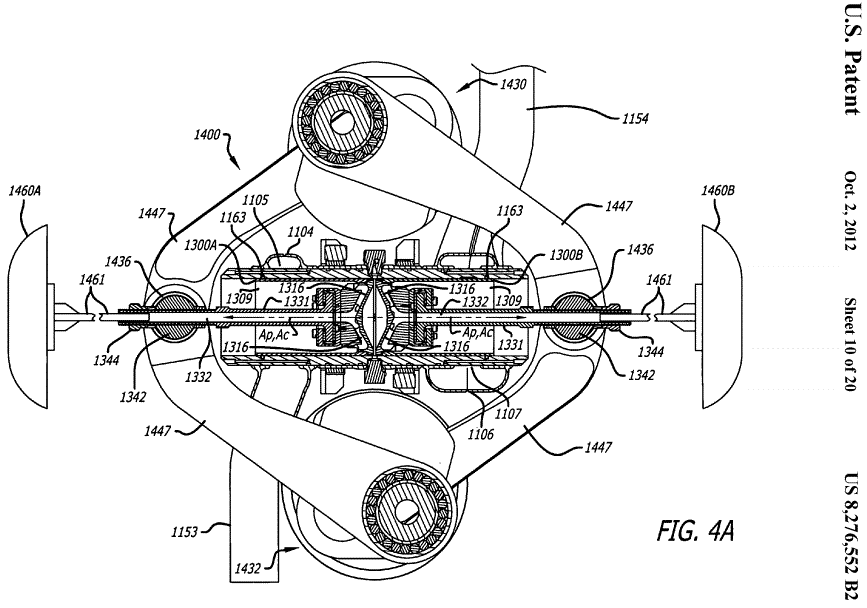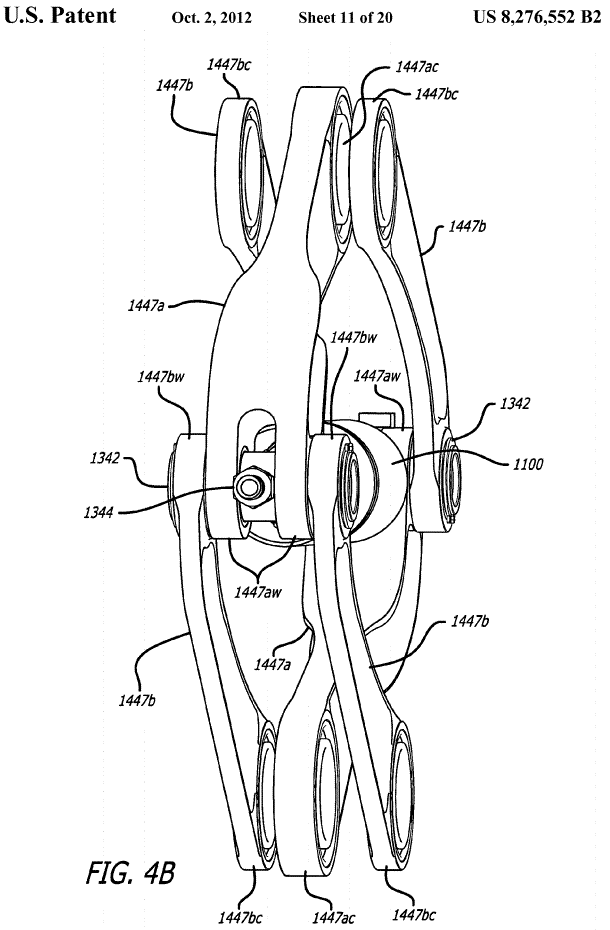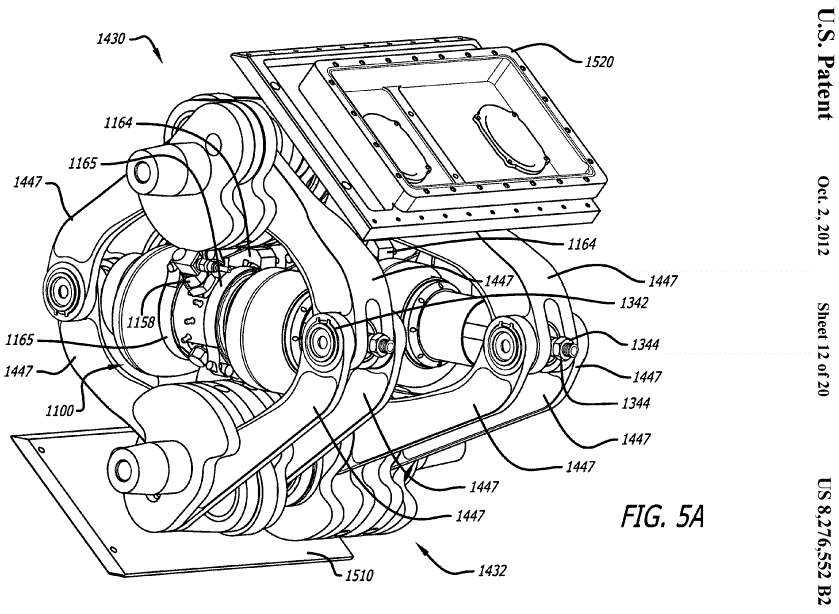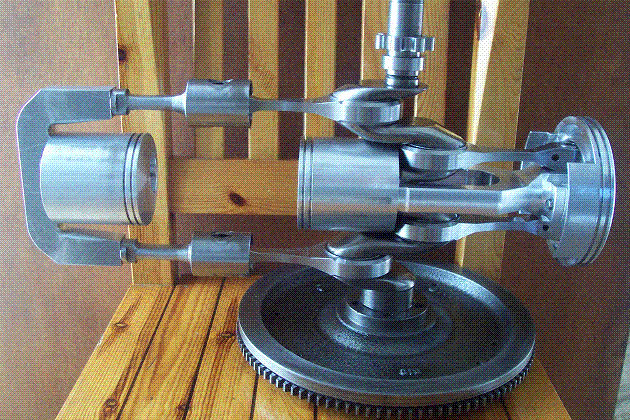Mudflap wrote: ↑02 May 2017, 12:55
J.A.W. wrote: ↑02 May 2017, 11:22
Mudflap wrote: ↑02 May 2017, 09:55
I stopped replying to manolis and added him to the ignore list. I am more than happy to continue any arguments with the rest of you.
You have not read my posts - the engine I am questioning is the engine that you are describing. Now please let me know why you thing such engine will have better oil consumption
Your posts are as clear as mud.. & I am close to putting you on ignore, if 'n' when - I ever put anyone on..
However I do fondly recall this opposed piston 2T diesel from my youth, that AFAIR, had no over-oiling issues,
nor 'carboning up' - providing the correct oil - 'Shell Rotella' - was used..
www.oldengine.org/members/diesel/rootes ... s3/ts3.htm
& they had a real sporty sound too, for an old truck..
https://www.youtube.com/watch?v=mfKmkitnqQY
You demanded 'cool technical comments'.
'I had a similar engine when I was little and it was okish' is not a cool technical argument.
Give me something based on physics and logic.
"Demanded"?
Mf, reading your posts on this thread, I get the distinct impression that you are either not
really interested in (or are temperamentally incapable of) reasonable collegial discussion,
- let alone discourse remotely scholarly in tone..
..& that in effect, you post in manner - tantamount to trolling..
..seemingly in a 'fit of pique' - due to your perceived sense of somehow being slighted here..
Clearly demonstrating the morbid sensitivity of the egotist - on your own behalf, yet you crassly continue
( heedless of advice to keep civil, & cease the crudely vulgar emotive tone & content)
.. to post angry tirades which add nothing of actual technical value to the thread..
& indeed.. frankly appear to be verging on.. psycho-pathological..
I'd wager Mf, that you are not unfamiliar with this feedback, either..
..further, I'd suggest you put your energy into seeking to develop an improved level of..
..emotional maturity/insight growth, rather than your current iconoclastic bent..
..which appears to be rooted in unresolved frustration - over you own machine's shortcomings..
Edit: fixed typos.




